The inhabitants of the territory of today's China kept the way of silk production in strict secrecy, under the threat of the death penalty, for about a millennium.
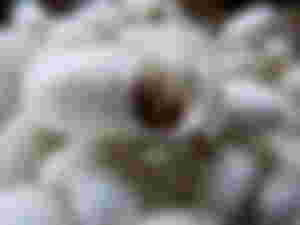
According to historical data, the technique of processing raw silk was invented by Xi Ling Chi, the wife of the Yellow Emperor Huang Tia, around 2,700. years before the new era. Allegedly, a silkworm cocoon fell into her cup of tea, and when she took it out, she discovered threads of incredible quality. Later, thanks to this coincidence, she got the name Shen Tan or the Goddess of Silkworms. Silk is the cause of the development of the great trade route (Silk Road) and thus contributed to the faster development of mutually distant civilizations through the exchange of scientific and technological achievements of both civilizations.
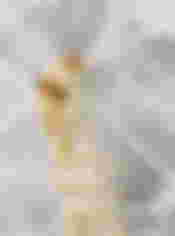
Silk production in the west was enabled only in 552 AD, after two monks took the eggs of a silkworm to the Byzantine emperor Justinian hidden in a bamboo stick.
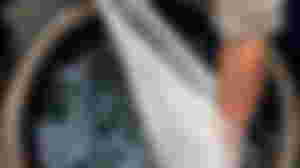
Silk is a natural textile fiber obtained from the silkworm cocoon (Bombyx mori). During the third phase of development, the young silkworm secretes fibroin from the salivary glands through the mouth, a protein that is in a liquid, sticky state. When it comes in contact with air, this protein turns into a solid state. Then, the silkworm secretes sericin, which binds to fibroin and in that way silk threads are created.
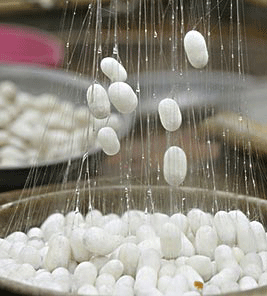
In order for the silk threads not to be destroyed by hatching from the cocoon, it is placed either in boiling water or surrounded by hot air, which kills the silkworm. In the past, less aggressive methods were used, such as pulling silk threads out of the sleeve. However, they were not entirely successful.
Silk threads at this stage are raw and only later are processed in different ways. Thus, we distinguish silk by the way the initial, raw material is processed.
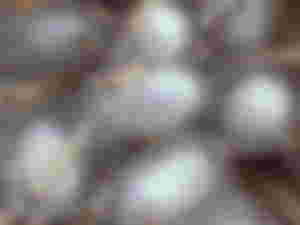
Each year, the silk industry kills about 10 billion silkworm cocoons. However, scientists are working on a new method that would enable the separation of raw silk threads, without killing the caterpillars. When the caterpillar is injured, it reaches the incubation phase, during which it goes through a period of regeneration. Scientists have found a way to inject chemicals into a healthy caterpillar to cause this very phase in order for the insect to recover after the silk threads are pulled out of the shell.
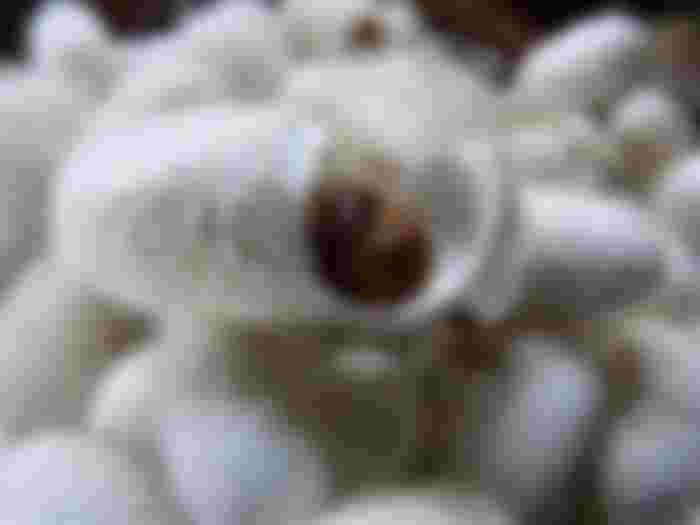
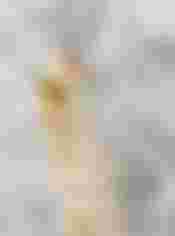
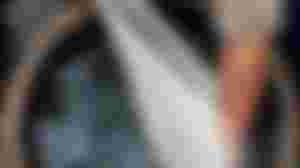
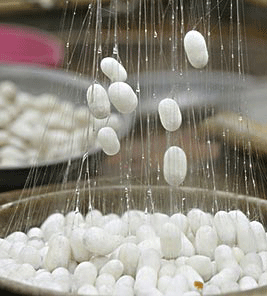
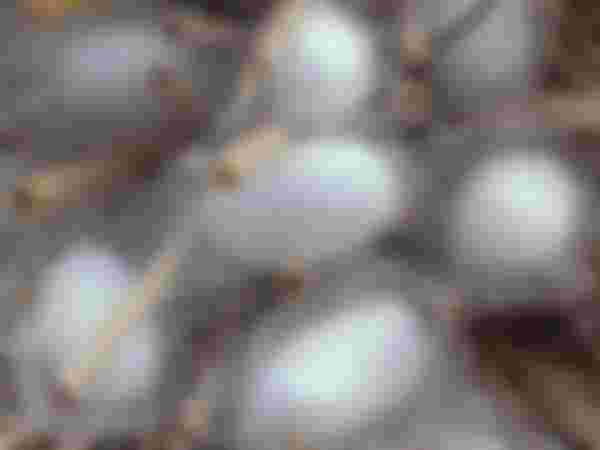
In Vojvodina, until the beginning of the 1960s, there were redemption stations in almost every village for the silkworm cocoon, which, along with other jobs in the house and household, was raised by older people, girls and students. Small factories, silk factories, bought everything that was produced.